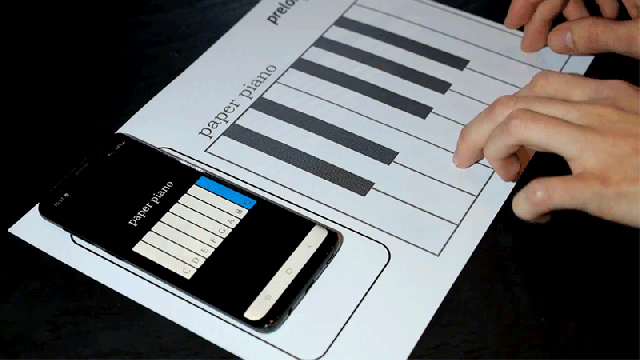How will we interact with devices in the future? Some believe we’ll use our voices for everything, while others assume our eyes will be able to navigate complicated UIs on smart glasses. Prelonic Technologies foresees an entirely different future where interacting with electronics will be done using keyboards and other controllers made from paper that can be printed on demand.
As the devices carried in our pockets or strapped to our wrists have been slowly upgraded with more powerful processors over the years, their capabilities have also increased to the point where a smartphone rivals the capabilities of a laptop computer. On a smartphone, you can now do everything from building spreadsheets to editing movies to performing music to editing photographs with the same capabilities that desktop applications like Photoshop offer. The problem is that a touchscreen isn’t always the best interface for these tasks (there’s a reason keyboard-free tablets haven’t replaced laptops yet) and carrying around a mountain of accessories negates the portable benefits of mobile devices.
But what if electronic accessories were more temporary? You can buy a wireless keyboard for as cheap as $US20 (A$28) if you only needed it for a few days, but discarding it is a tremendous waste. Prelonic Technologies takes the idea of temporary hardware and makes it cheaper, and more environmentally-friendly, by simply making it from paper. The company was founded in 2007 with the goal of creating flexible printed electronics and its first product, Prelonic Interactive Paper (PIP), takes advantage of modern technologies like NFC to create accessories that are much cheaper to manufacture, and much easier to recycle.
A simple piano, as demonstrated in a video on Prelonic Technologies’ website, is created by first printing a set of piano keys onto a piece of paper using a standard laser printer. The back of that sheet is printed with a circuit layout using conductive carbon and then sandwiched with another printed conductive sheet and a small NFC chip in-between. Unlike Bluetooth which can be power-hungry (think of the limited battery life of your wireless earbuds) the NFC chip draws all the power it needs from a smartphone placed atop it. When combined with an accompanying app running on the smartphone, the paper piano can be physically played, producing notes through the device.
It’s an interesting demonstration of Prelonic’s tech, but it’s definitely not limited to a simple piano. Users could print out an entire QWERTY keyboard as needed, or a custom interface for a specific application. Such devices exist for complex applications like Adobe Premiere and Photoshop but are expensive investments targeted at professionals. With PIP, a custom controller could be printed on-demand. And when it’s no longer needed, the NFC chip could be salvaged, while the rest of it went into the recycling bin.
